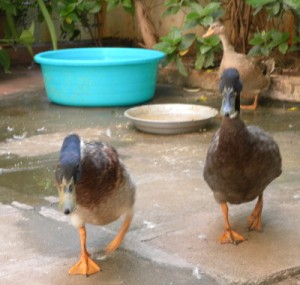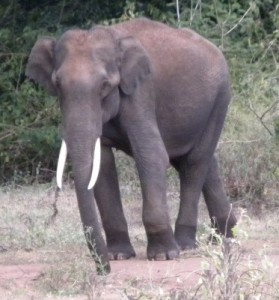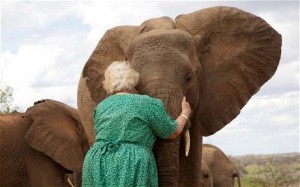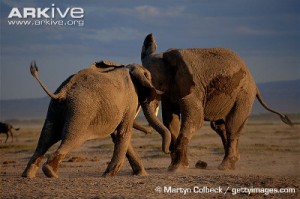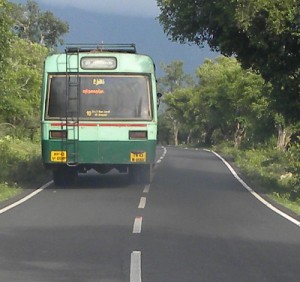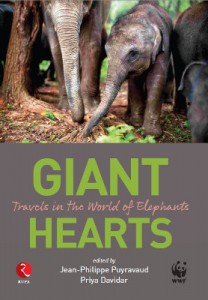Nature is sacred: start worshiping at home.
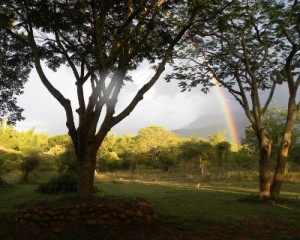
We have often been told: “this place is sacred, keep it as it is” about Cheetal Walk. In a way, it reveals that people associate pristine nature with sacredness. Cheetal Walk however is nothing like pristine. For millennia, people have inhabited this area, hunted, cultivated, cut trees and herded cattle. It looks pristine today because it remained untouched for a few generations, and because we have decided to protect it.
Einstein, I believe, once said something like: “or everything is sacred or nothing is sacred.” People may consider nature to be sacred because it is the source of our very lives. Wild animals are beautiful, natural landscapes are absolutely gorgeous and intelligence seems to flow from every corner. The more we learn, the more we see how the law of nature produces a machinery compared to which our modern technology is child’s play.
But the same people who appreciate nature’s “sanctity” (maintained by private people, communities or governments), find no contradiction in getting into their SUVs, driving back on mad roads into overpopulated cities, work in small offices and live in boxes. This is modern lifestyle, you cannot do anything about it, there is no choice…
The problem is not so much that life is difficult in a polluted, inhuman reality. We are all there. The problem lies in the schizophrenia we have developed about nature, the separations we have built. On the one side, we have our busy cities where we are active, smart and make money, and on the other side, we have a “pleasant” stetting to unwind and relax. Today, the holy-day (also supposed to be dedicated to the sacred) is used to consume the remaining wild, to desecrate our world a little more with activities that do not differ from our routine: I want money, I want to achieve, I want to see a tiger, I want a selfie with an elephant, I want a bonfire, I want to see a charge, I want to see animals at night, I want a good road to get there, I want a spa, etc.
Now, if you consider everything to be sacred, then your office is sacred, your flat or house is sacred, your car is sacred. From all these gadgets, emerge a relationship with nature. So why not use a little bit of your hard-earned money to help conservation? Why not put some (rustic) tomatoes to grow on your balcony? Why not purchase a convenient car that pollutes less? Why not preserve an untouched space in your garden? Why not have a holy-day in a good eco-resort that tries to preserve nature instead of destroying it (this is hard to find and if you check, you will see that this industry has abysmal records to the point of destroying their very source of survival).
Next time you tell a guy that nature is sacred, if you do this, he will consider you to be a saint instead of a worshiper of futilities.
Jean-Philippe Puyravaud.

